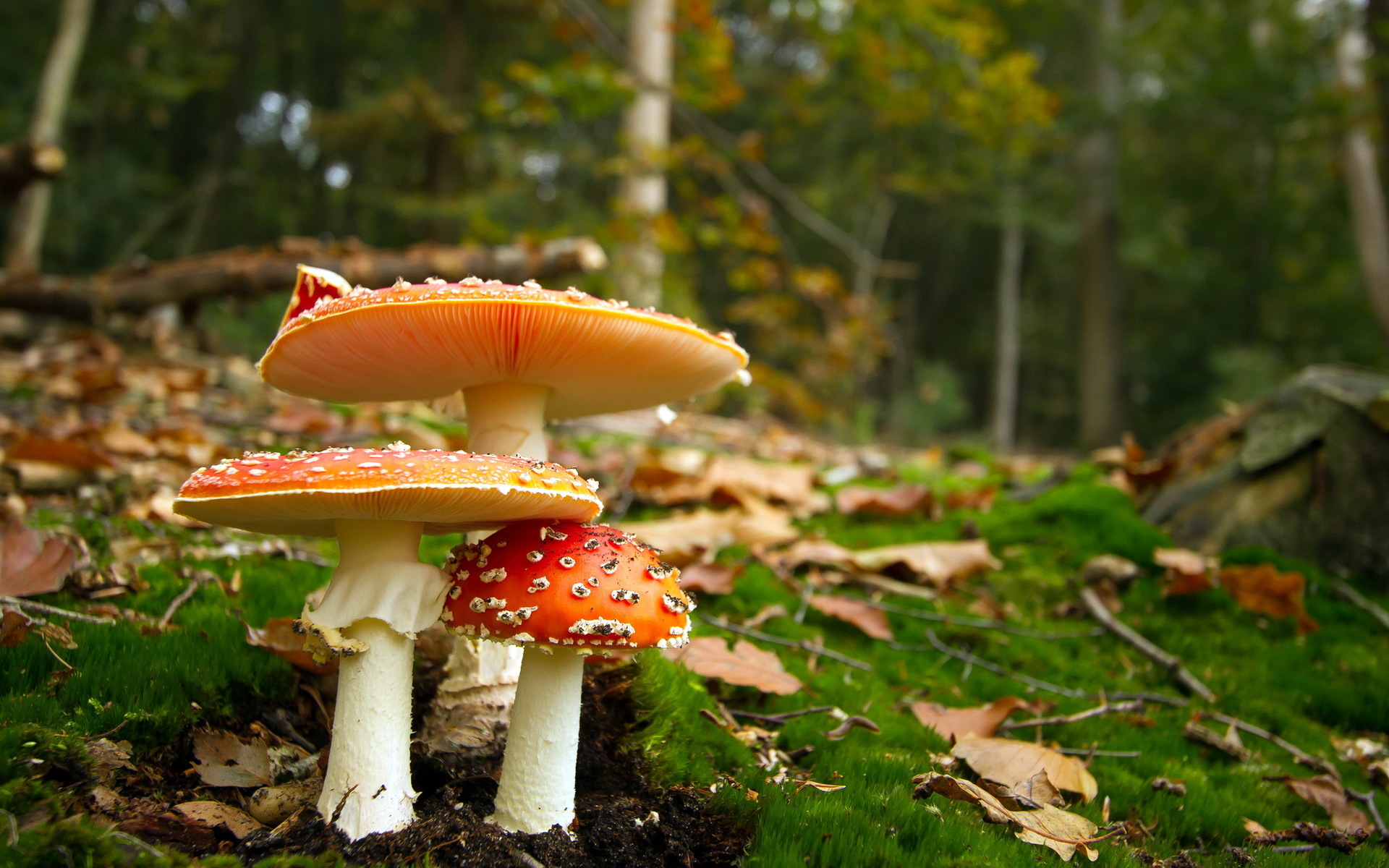
Mushroom growing, also known as mushroom cultivation, is not just a fascinating hobby but also a sustainable and rewarding endeavor. Whether you have a green thumb or are simply curious about the intriguing world of fungi, mushroom cultivation offers a captivating avenue to explore. As you delve into this art, you will unlock the secrets of growing your own delicious and nutritious mushrooms right in the comfort of your own home.
When it comes to mushroom growing, the possibilities are vast. From the commonly cultivated varieties like button mushrooms and oyster mushrooms to more exotic ones like shiitake and lion’s mane, there is a mushroom for every enthusiast’s palate. But what truly makes mushroom cultivation fascinating is the intricate process behind it. Cultivating mushrooms involves creating a controlled environment that mimics the natural conditions necessary for their growth. From selecting the perfect substrate mixture to ensuring proper humidity and temperature levels, every step contributes to the success of your mushroom-growing venture.
Not only can mushroom cultivation provide you with a fresh and sustainable source of food, but it also presents an opportunity to engage with nature on a deeper level. This delicate and precise art taps into our innate curiosity and allows us to better understand the symbiotic relationship between fungi and their environment. Whether you choose to embark on a small-scale project or scale up to a larger operation, mushroom growing promises to be an enriching experience that will challenge you and inspire a newfound appreciation for the complexities of nature.
So, grab your gloves and get ready to dive into the captivating world of mushroom growing. From the thrill of witnessing the first signs of mycelium colonization to the satisfaction of harvesting your very own mushrooms, this art will surely leave you hooked. Let us embark on this exciting journey together and uncover the secrets of successful mushroom cultivation.
Selecting the Right Mushroom Variety
When it comes to mushroom growing, selecting the right mushroom variety is key. The variety you choose will determine the taste, texture, and appearance of the mushrooms you grow. It’s important to consider factors such as climate, growing conditions, and personal preference when making your selection.
One popular mushroom variety is the button mushroom (Agaricus bisporus). These mushrooms have a mild flavor and a firm texture, making them versatile for use in various dishes. They thrive in cooler temperatures and can be easily cultivated in both indoor and outdoor environments.
Another commonly grown variety is the oyster mushroom (Pleurotus ostreatus). Oyster mushrooms have a delicate, slightly sweet flavor and a soft, velvety texture. They are known for their fast growth and adaptability to different growing conditions, making them a popular choice for beginner mushroom cultivators.
For those looking for a unique and exotic variety, the shiitake mushroom (Lentinula edodes) is an excellent option. These mushrooms have a rich, savory taste and a meaty texture. Shiitake mushrooms require a specific growing environment with high humidity and temperature control, but the effort is well worth it for their delicious flavor.
Remember, there are many other mushroom varieties to choose from, each with its own distinct characteristics. Take the time to research and explore different options to find the variety that suits your taste and growing conditions best. Happy mushroom growing!
Preparing the Growing Medium
To ensure successful mushroom cultivation, proper preparation of the growing medium is crucial. The growing medium serves as the foundation for the mushrooms to thrive and produce a bountiful harvest. In this section, we will explore essential steps to prepare an ideal growing environment for your mushrooms.
-
Selecting the Substrate
Choosing the right substrate is key to a thriving mushroom cultivation project. Substrates are essentially the materials on which mushrooms grow. Common substrates include straw, sawdust, wood chips, and agricultural waste such as corn cobs or coffee grounds. Each type of mushroom species has specific substrate preferences, so it’s important to research and select a suitable substrate accordingly. -
Sterilization or Pasteurization
Before introducing the mushroom spores or mycelium to the growing medium, it’s crucial to ensure its sterilization or pasteurization. This step is essential to eliminate any potential competition from unwanted organisms, such as bacteria or mold. Sterilization involves subjecting the substrate to high heat or pressure to kill off all microorganisms, while pasteurization aims at reducing the microbial population without completely eliminating them. The specific method will depend on the substrate chosen and the specific mushroom species. -
Inoculation
After preparing the growing medium, it’s time to inoculate it with mushroom spores or mycelium. Spores are the reproductive cells of mushrooms, while mycelium refers to the network of fungal threads that develop from spores. The inoculation process involves evenly distributing the spores or mycelium throughout the growing medium. Depending on the mushroom species, this can be done by sprinkling the spores, spreading mycelium-infused spawn, or using a liquid spawn. It’s important to maintain sterile conditions during this step to prevent contamination.
By following these steps in preparing the growing medium, you are setting a solid foundation for successful mushroom cultivation. The growing medium provides the necessary nutrients and environment for mushrooms to flourish, leading to a fulfilling and rewarding experience for any aspiring mushroom grower.
Remember to refer to our next section, where we will dive into the fascinating world of maintaining optimal temperature and humidity levels for your mushroom cultivation project.
Cultivating and Harvesting Mushrooms
https://mushroomsupplies.com/collections/grow-kit-in-a-bag/products/mushroom-grow-kit-in-a-bag
In order to successfully cultivate and harvest mushrooms, there are a few key steps to follow. These steps will ensure a healthy and abundant mushroom harvest.
Firstly, it is important to choose the right growing medium for your mushrooms. Different types of mushrooms have different preferences, so it’s crucial to research and select the appropriate growing medium for the specific mushroom species you intend to grow. Common growing mediums include straw, sawdust, and compost.
Once you have chosen the right growing medium, the next step is to inoculate it with mushroom spawn. Mushroom spawn is essentially a starting culture that contains the desired mushroom mycelium. The inoculation process involves mixing the spawn with the growing medium and creating an environment that encourages the mycelium to grow.
Maintaining the right environmental conditions is vital for the successful cultivation of mushrooms. Mushrooms thrive in environments with high humidity and temperatures ranging from 55 to 75 degrees Fahrenheit. Controlling humidity levels and providing proper ventilation are important factors to consider in order to create the ideal conditions for mushroom growth.
As the mycelium grows and spreads throughout the growing medium, you will start to see the formation of mushroom fruiting bodies. These are the mushrooms that you will ultimately harvest. It’s important to monitor the growth and development of the mushrooms closely, as they can grow rapidly under optimal conditions.
When it comes to harvesting the mushrooms, it is best to pick them when the caps are fully developed but before they begin to release spores. This is typically when the caps are still tightly closed and have a smooth surface. Gently twist and pull the mushrooms to remove them from the growing medium, taking care not to damage the surrounding mycelium.
In conclusion, cultivating and harvesting mushrooms requires attention to detail and proper environmental conditions. By following the steps outlined above, you can enjoy the rewarding experience of growing your own mushrooms and reaping a bountiful harvest.




